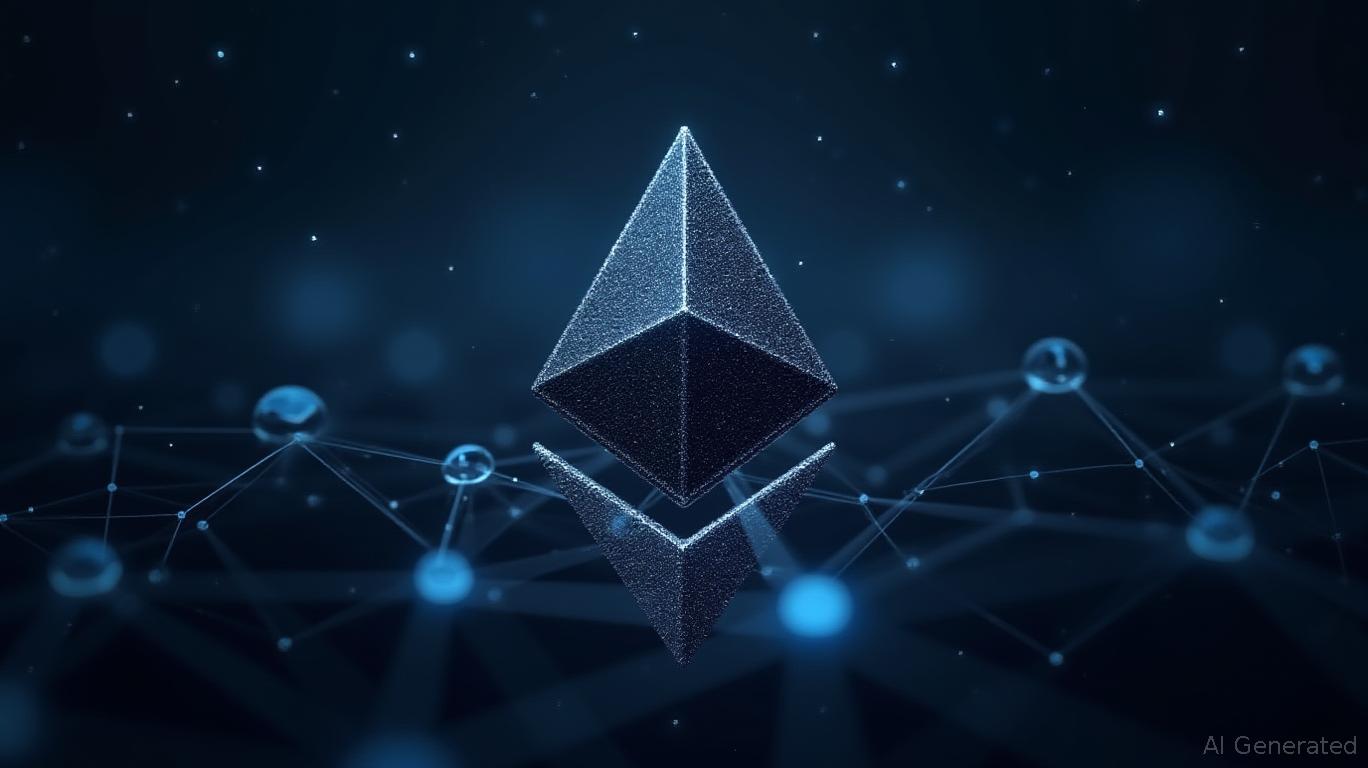Ethereum News Today: Ethereum Raises Gas Limit by 21% to Boost Network Scalability
Ethereum has recently undertaken an initiative to raise its gas limit, marking a significant stride towards enhancing network scalability and improving user experience. This adjustment, which has garnered support from nearly half of the staked ETH holders, underscores a strong consensus within the community to improve transaction throughput and reduce fees. Vitalik Buterin, the co-founder of Ethereum, emphasized that this measured increase aligns with Ethereum’s long-term vision of balancing capacity with decentralization and security.
The Ethereum gas limit defines the maximum amount of computational work that can be included in each block, directly influencing the network’s capacity. By raising this limit from 37.3 million to a target of 45 million gas per block, Ethereum aims to accommodate more transactions and complex smart contract executions within each block. This adjustment is not merely a technical upgrade but a strategic enhancement that addresses the network’s growing demand while maintaining its core principles of decentralization and security.
Vitalik Buterin’s announcement highlighted that close to 50% of staked ETH holders support this gas limit increase, signaling robust community backing. Stakers play a pivotal role in Ethereum’s proof-of-stake consensus, validating transactions and securing the network. Their endorsement ensures that the upgrade is both feasible and sustainable, reflecting confidence in the network’s infrastructure to handle increased load without compromising stability. This consensus-driven approach exemplifies Ethereum’s collaborative governance model.
Increasing the gas limit offers several tangible benefits. By expanding block capacity, congestion is alleviated, which can reduce average gas prices during peak periods. More transactions processed per second enhance scalability, supporting Ethereum’s role as a global settlement layer. Reduced “out of gas” errors and faster confirmations contribute to a more reliable network interaction. Developers gain the ability to deploy more complex smart contracts, fostering innovation within the ecosystem. This upgrade complements Layer 2 scaling solutions by providing a stronger foundational layer, essential for accommodating the expanding decentralized application landscape.
While the gas limit increase is promising, it introduces challenges that require careful management. Larger blocks necessitate more processing power, storage, and bandwidth, which could marginalize smaller node operators and impact decentralization. Increased block size might slow block propagation, raising the risk of uncle blocks and synchronization delays. Expanded block space could lower barriers for spam attacks, though Ethereum’s fee mechanism helps mitigate this risk. Ethereum’s dynamic gas limit adjustment mechanism allows for gradual changes, ensuring that increases are sustainable and aligned with network capabilities.
This gas limit increase represents a critical milestone within Ethereum’s broader scalability roadmap, which includes sharding and Layer 2 solutions. By enhancing Layer 1 capacity, Ethereum strengthens its base layer to better support these future innovations. The community-driven nature of this upgrade, led by Vitalik Buterin and validated by stakers, underscores Ethereum’s commitment to continuous improvement and adaptability in a rapidly evolving decentralized finance landscape.
The ongoing increase in Ethereum’s gas limit is a strategic enhancement designed to improve network throughput, reduce fees, and support more complex decentralized applications. Backed by significant staker consensus, this upgrade balances scalability with decentralization and security, reinforcing Ethereum’s position as a leading blockchain platform. As Ethereum continues to evolve, this development lays the groundwork for a more efficient and accessible decentralized ecosystem, benefiting users, developers, and investors alike.

Sign up for free to continue reading
By continuing, I agree to the
Market Data Terms of Service and Privacy Statement

Comments
No comments yet